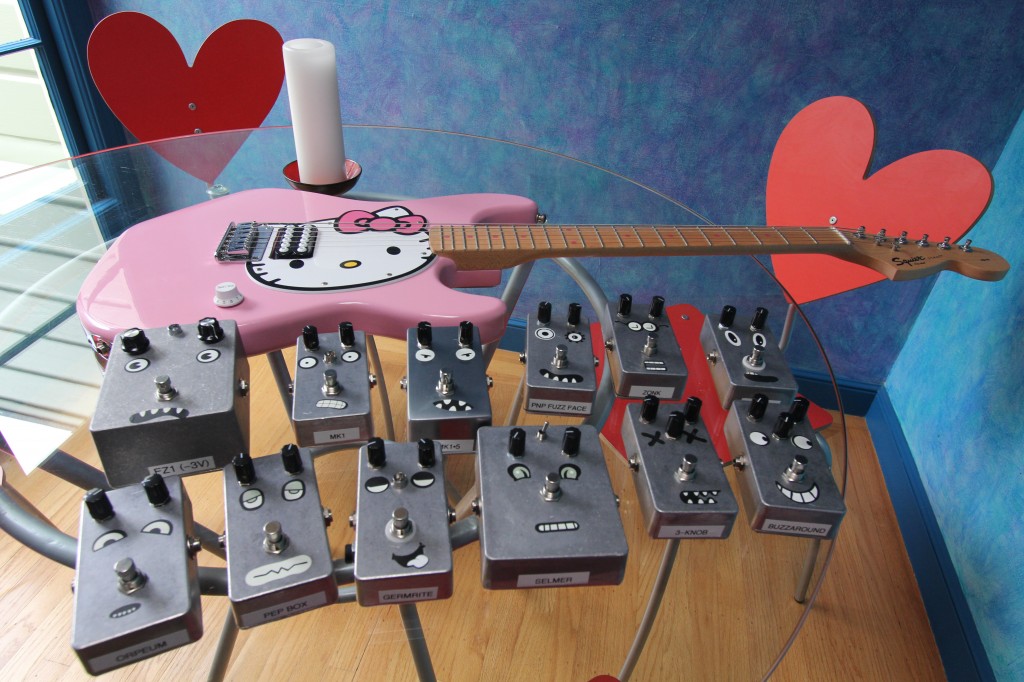

This article is about the top five things I love about a Strat. Here weve listed our collection of guitar amplifier schematics. With all the custom finishes available today, we have to give our thanks where it all began. It is hard to imagine what they must have looked like on the walls of a late 1950s music store. 1 firmware and is willing to temporarily remove their EPROM chips and send them to me. For my live sound, I use a charvel M5 with an active mid-boost. I would like to try a much higher output impedance. It can step down the level, but the impedance is way too low. I fixed today an original John Cuniberti REAMP box. It allows you to play back a recorded guitar signal and send it to a guitar amp, where it can again be taken and. 9 Add to cart Radial ProRMP Reamp Passive Reamping Box RAD-PRORMP. Looking for a good DIY passive re-amp schematic After doing searches of this forum's vast knowledge-base, and experimentation, I know not to use a DI box for reamping. While they were still available in natural and sunburst, he later added those colors we now call ’50s colors’ like Shoreline Gold, Seafoam Green, Shell Pink, and Daphne Blue. A Reamping-Box is mainly used in studios. The DI box out is recorded on track-1 (clean track). The signal chain should look like this: The D. The thru-connection on the DI box is used to feed the guitar amp. (The X-Amp will also work but requires connecting the input via the Omniport on the Workhorse).

He tapped into the Southern California hot rod culture for his color palette and refined his ‘easy to assemble with a versatile sound’ design in the Strat. Step-1 Recording Start by connecting the guitar to the Radial JDV-Pre, Radial J48 or other direct box. Leo Fender heard the music of the 1950s changing. I mean, just think: when it came out, natural finishes were all the rage, and other than its cousin the Telecaster, electric guitars contained their acoustic roots in the shapes, colors, and sounds. The Fender Stratocaster is a pretty unique instrument.


 0 kommentar(er)
0 kommentar(er)
